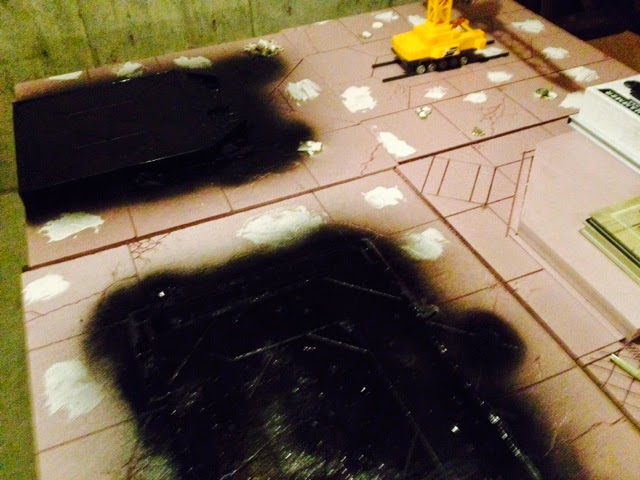Diligent readers,
A friend of mine recently gave me a thank you present for letting him stay with me for a while. He went online and purchased a folger tech Prusa i3 2020 rev 3d printer (Isn't that a mouth full). I have to say I am stoked. I have long coveted 3d printers, but have been waiting for the price point to drop and the resolution to increase. The prusa i3 is a build your own printer which can be purchased for approx $300.00 (can). My buddy said, my guess he read it on reddit, the prusa i3 is the best entry level 3d printer on the market as it is infinitely upgradable and is designed on a stiff aluminum frame, which will decrease micro vibrations. Needless to say, he is a great friend.
The printer arrived in a heavy flat box on Wednesday. I spent Thursday laying out the parts and spent most of Friday on the building process, approximately 12hrs. At first I was daunted by the sheer scope of parts and pieces. The kit comes with everything except an 8x8 inch piece of glass which will serve as the printer surface (strangely enough, the only part identified in imperial measurement, where the rest on the instruction is in metric). The packaging, although economical in space and well padded, left much to be desired, lumping all screws, bolts, Allan keys and nuts into one bag. All other parts were properly secured in bubble wrap and there appeared to be no damage to the parts. The manual suggests to separate all bolts and screws by length and size, something that could have been done in the packaging. This would have assisted in speeding up the building process, but I'll get to why it didn't later on.
I'll say this, if it hadn't been go countless hours spent building Lego and Mechano as a kid, I'd have been lost. The instructions, which can be found on the folger tech website, were disjointed and lacked clarity. The saving grace were the embedded pictures, which worked to explain when the words failed (unfortunately too often).
The bolts and screws as stated before where an immense pain. Not only were they mixed up, the screws themselves where not the same as the ones in the instructions (looks like a cost cutting measure). Most screws where, for the most part, compatible with the parts, but in some cases were too long (the superstructure) or too short (the bracket bolts, which were frustratingly exactly the length of the aluminium frame's depth, resulting in tolerances on less than 2mm).
As you can see from the base frame, things didn't always line up.
But once the frame was in place, the rest just seemed to make sense. The 3d printed pieces, which form the bearing housing, worked like a charm. I was slightly miffed that I had to solder the contact wires for the base (can't be seen in the photo). This was redundant work that could have been done in the fabrication stage, but I guess that's the fun of it. I did feel a little like one of those people who bought a first gen home computer, sort of a build your own adventure. The whole thing did come together in the end, with surprisingly enough, only 5 expletives uttered in the whole building time. All of which directed at one fucking screw.
I'll talk about the chips, heat sinks and wiring in the next post as that was a completely different kind of adventure.
I unfortunately didn't take a photo of the almost finished printer. The build is still ongoing, I had to stop drop last night at 1am as I was scheduled to be on a flight to British Columbia at 5am and I am currently flying now as I'm writing.
Until next time, happy hobbying.
helbuck


















































